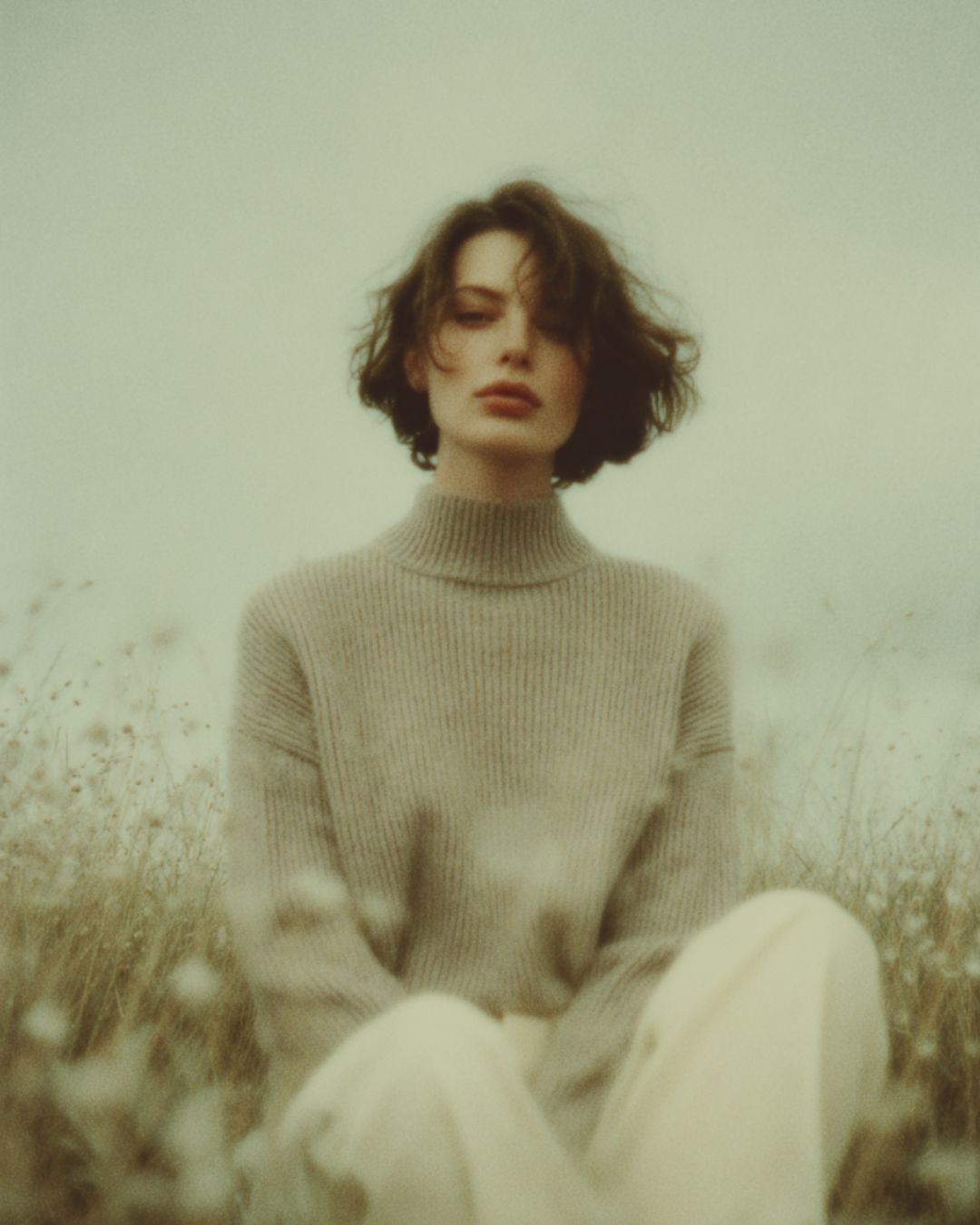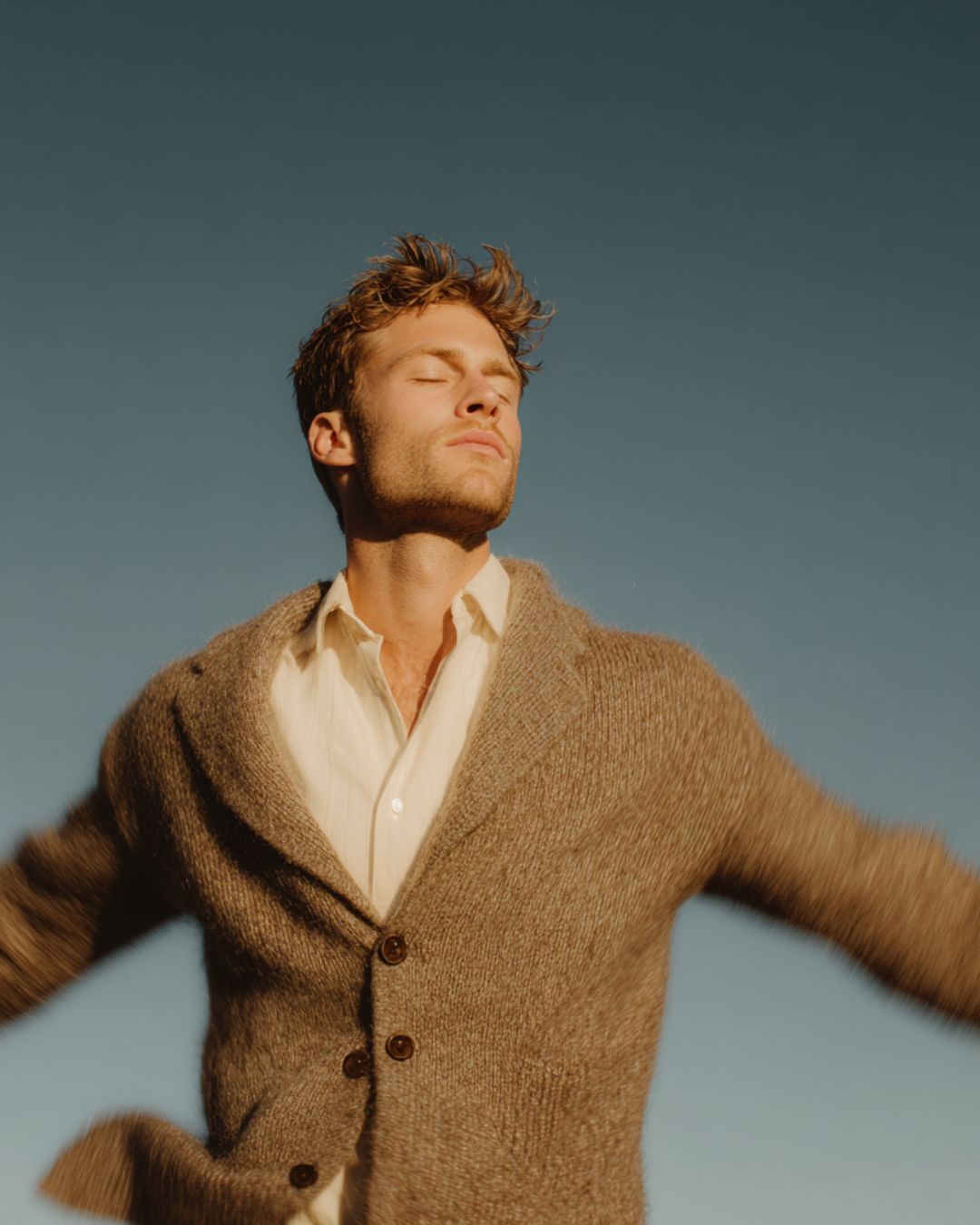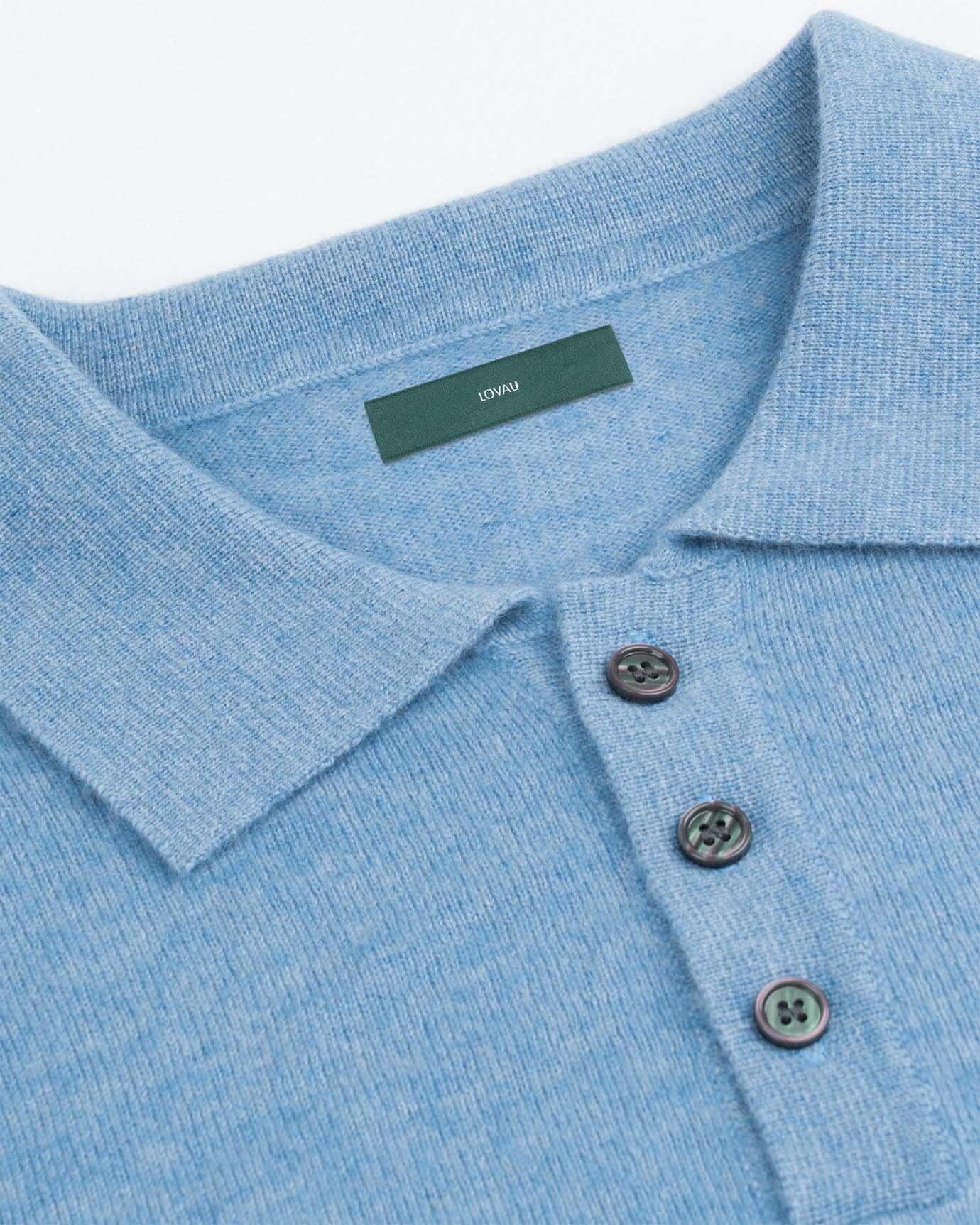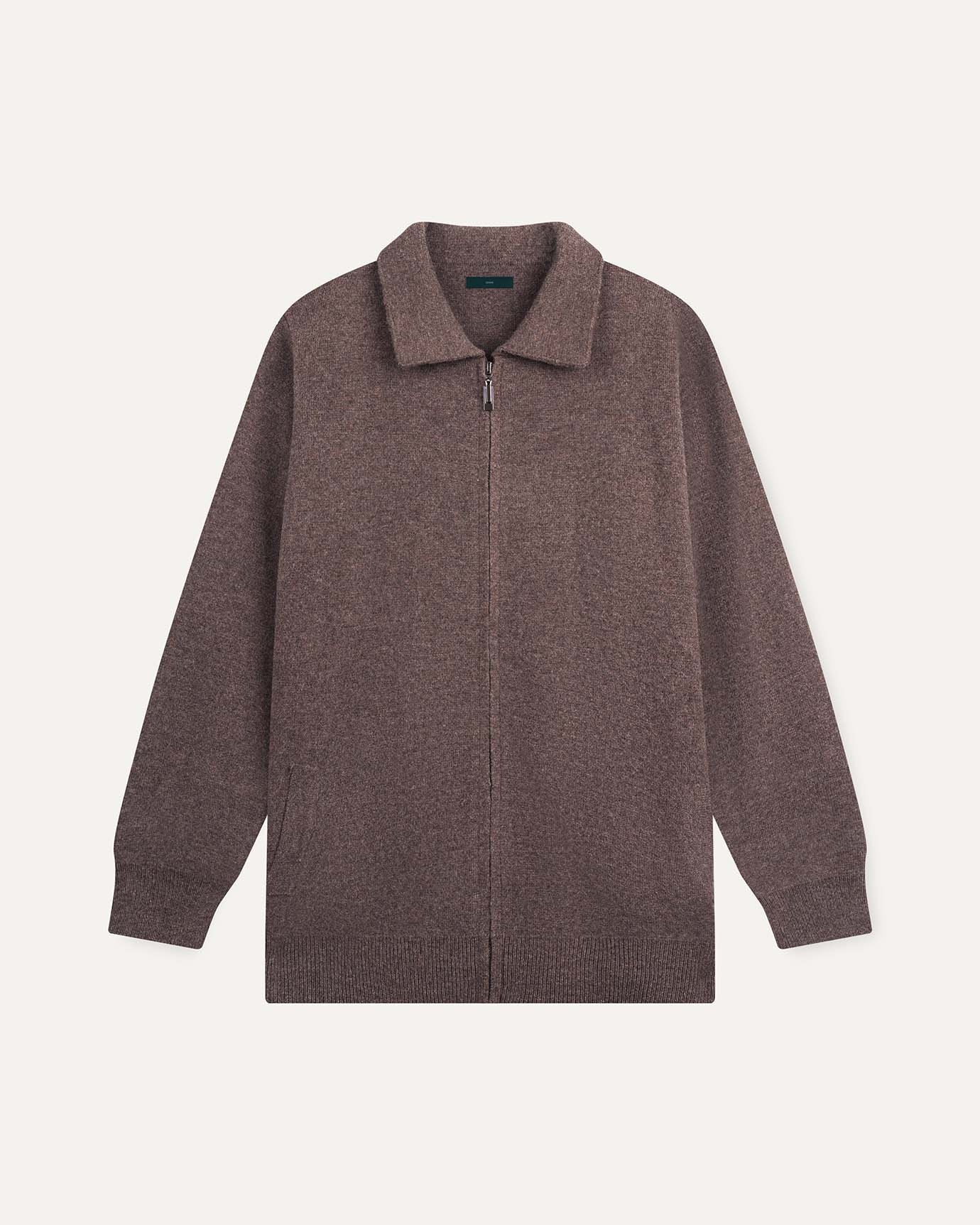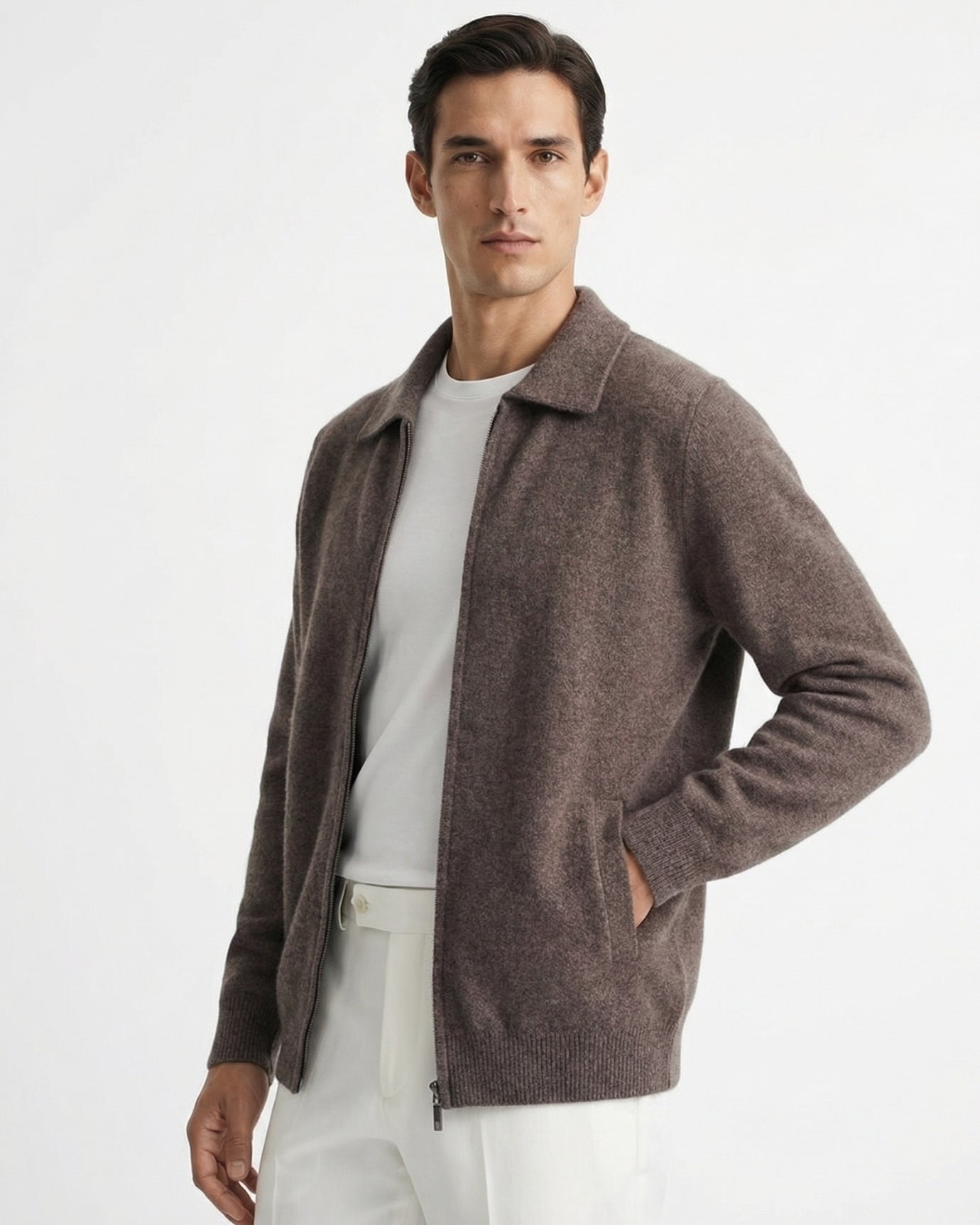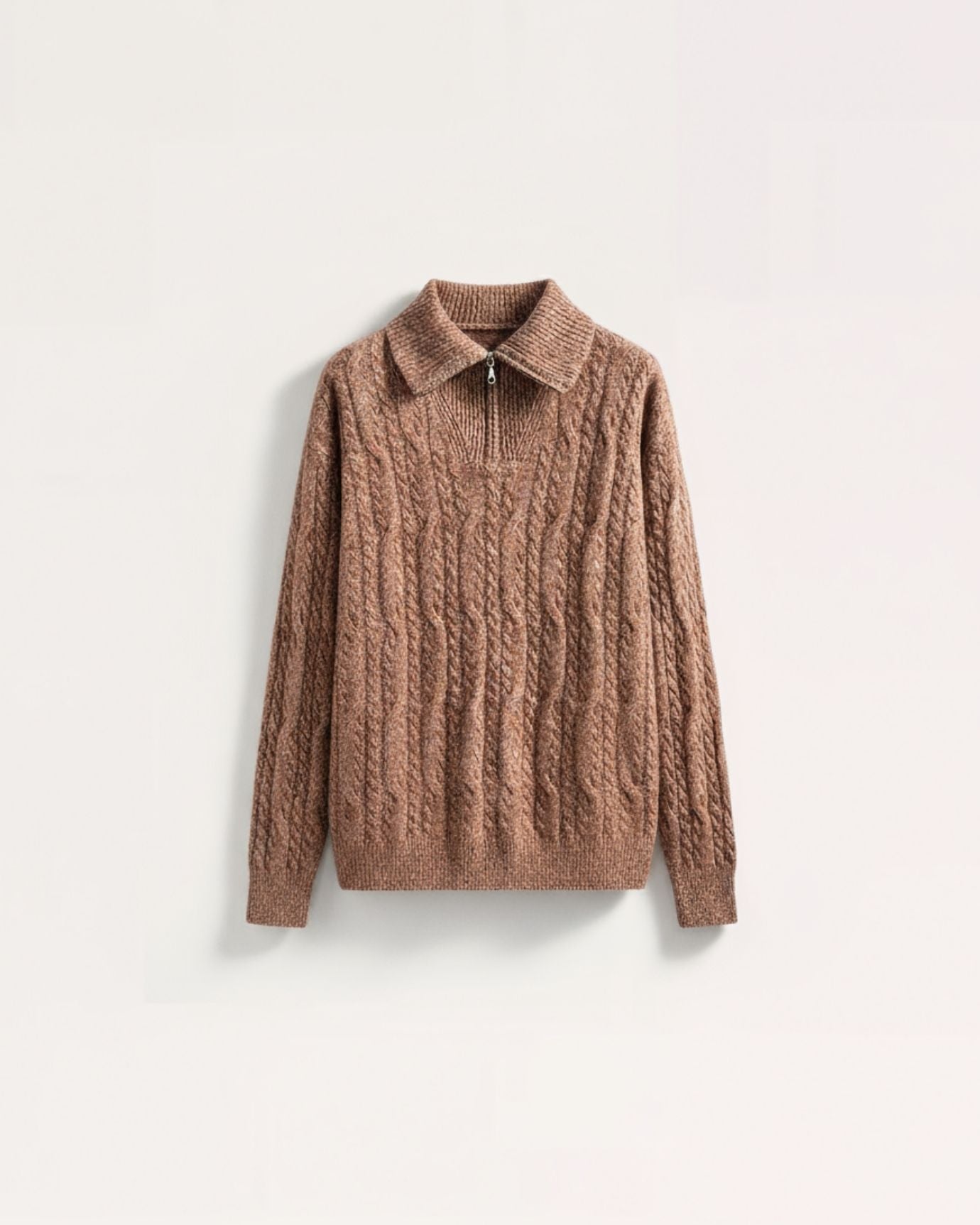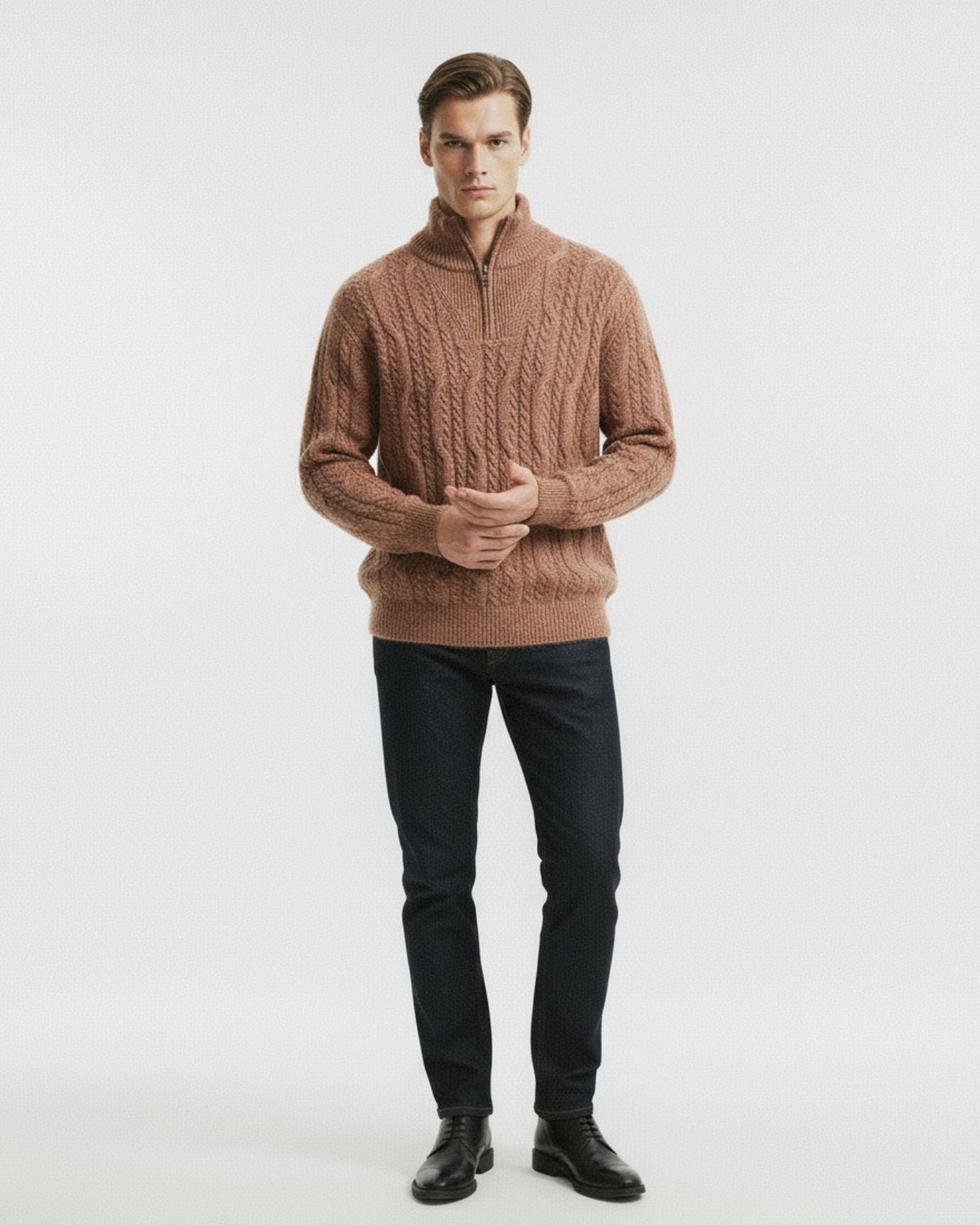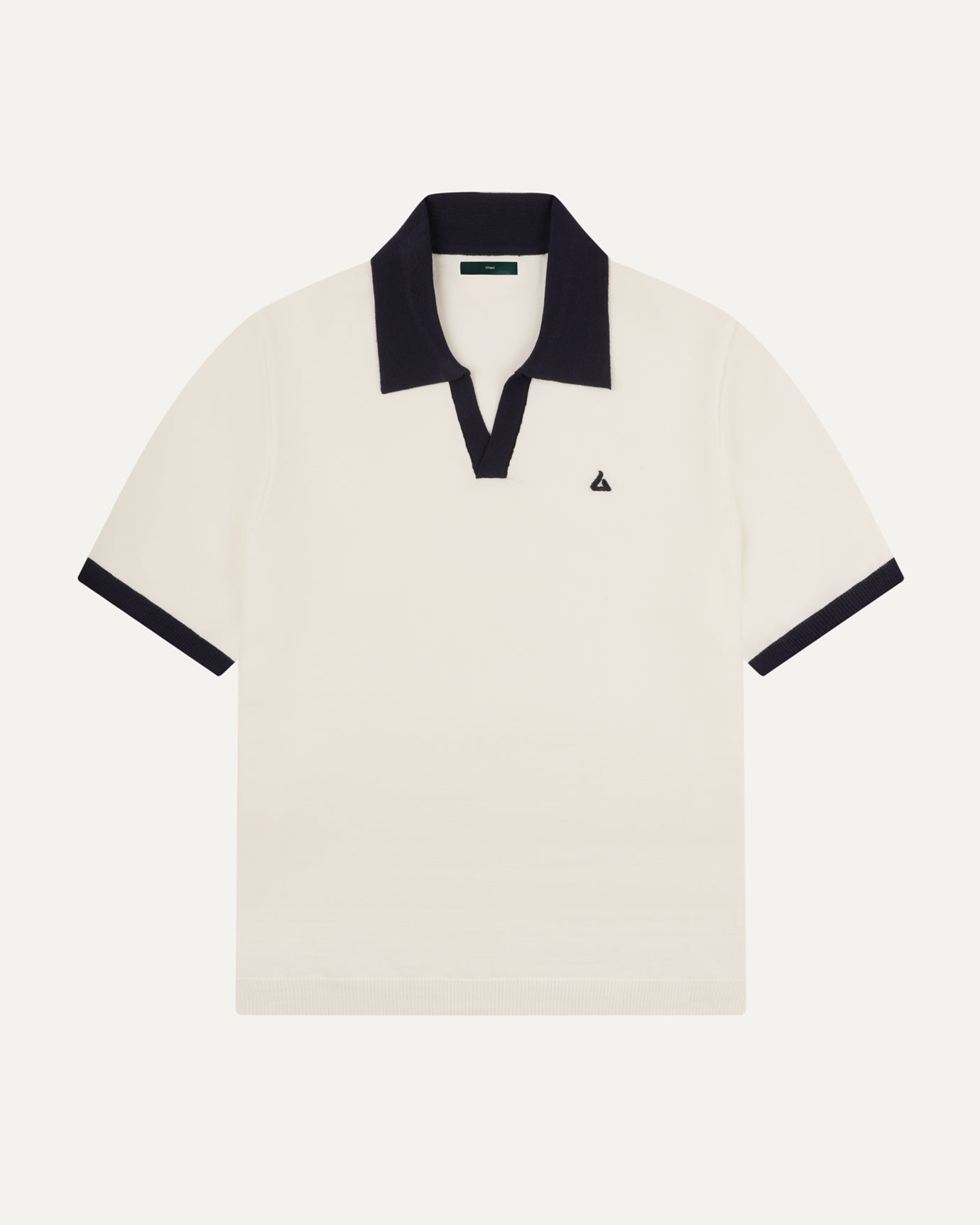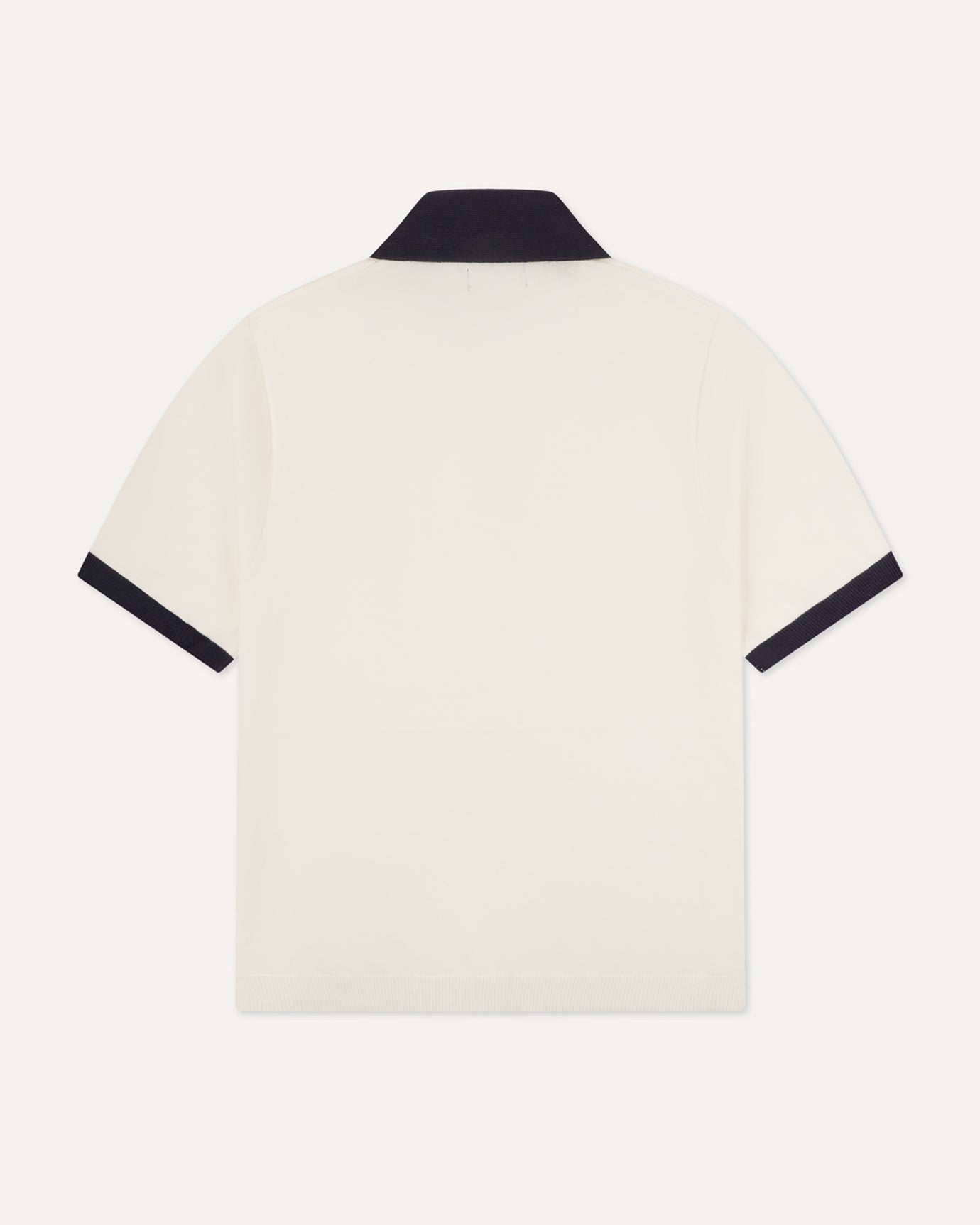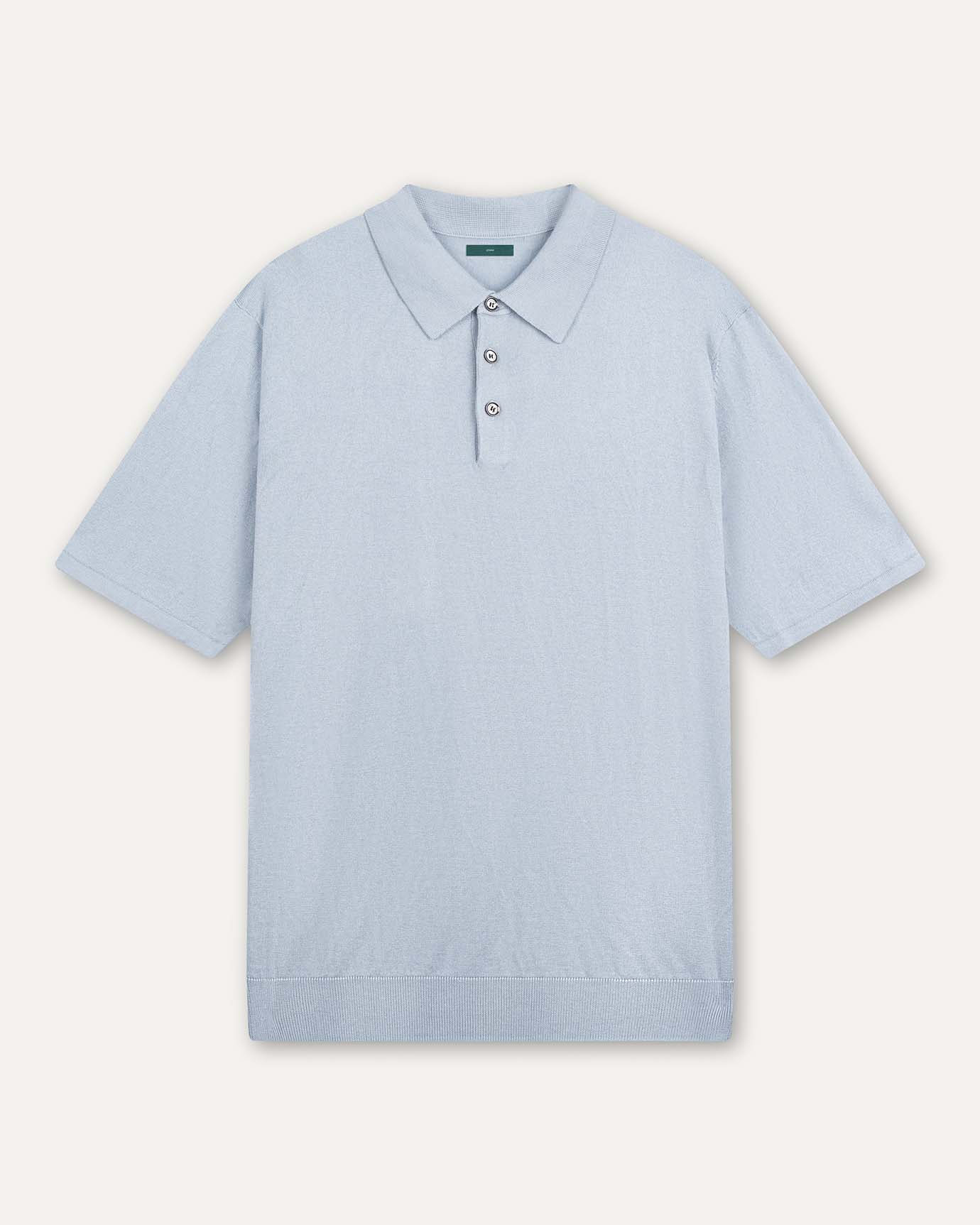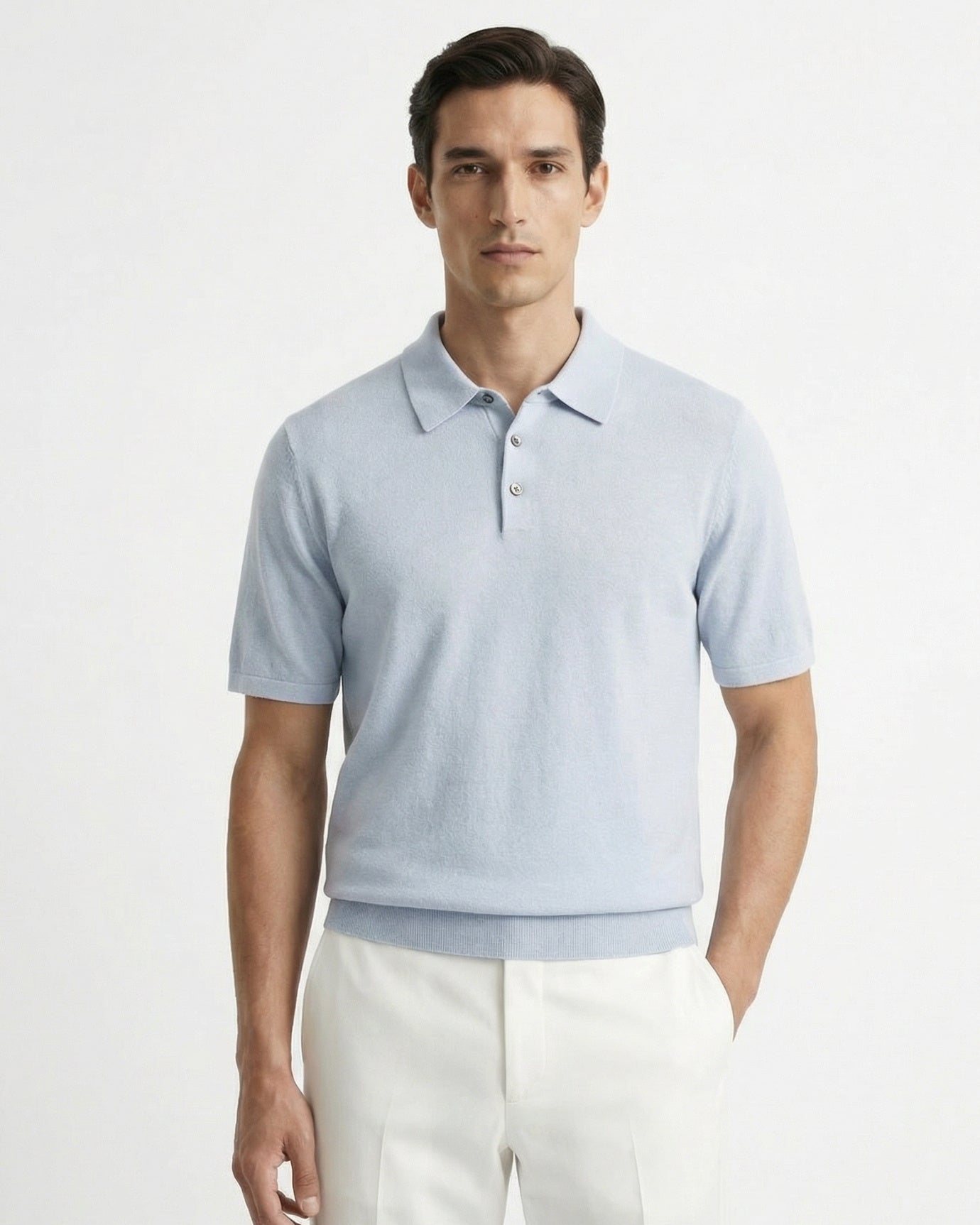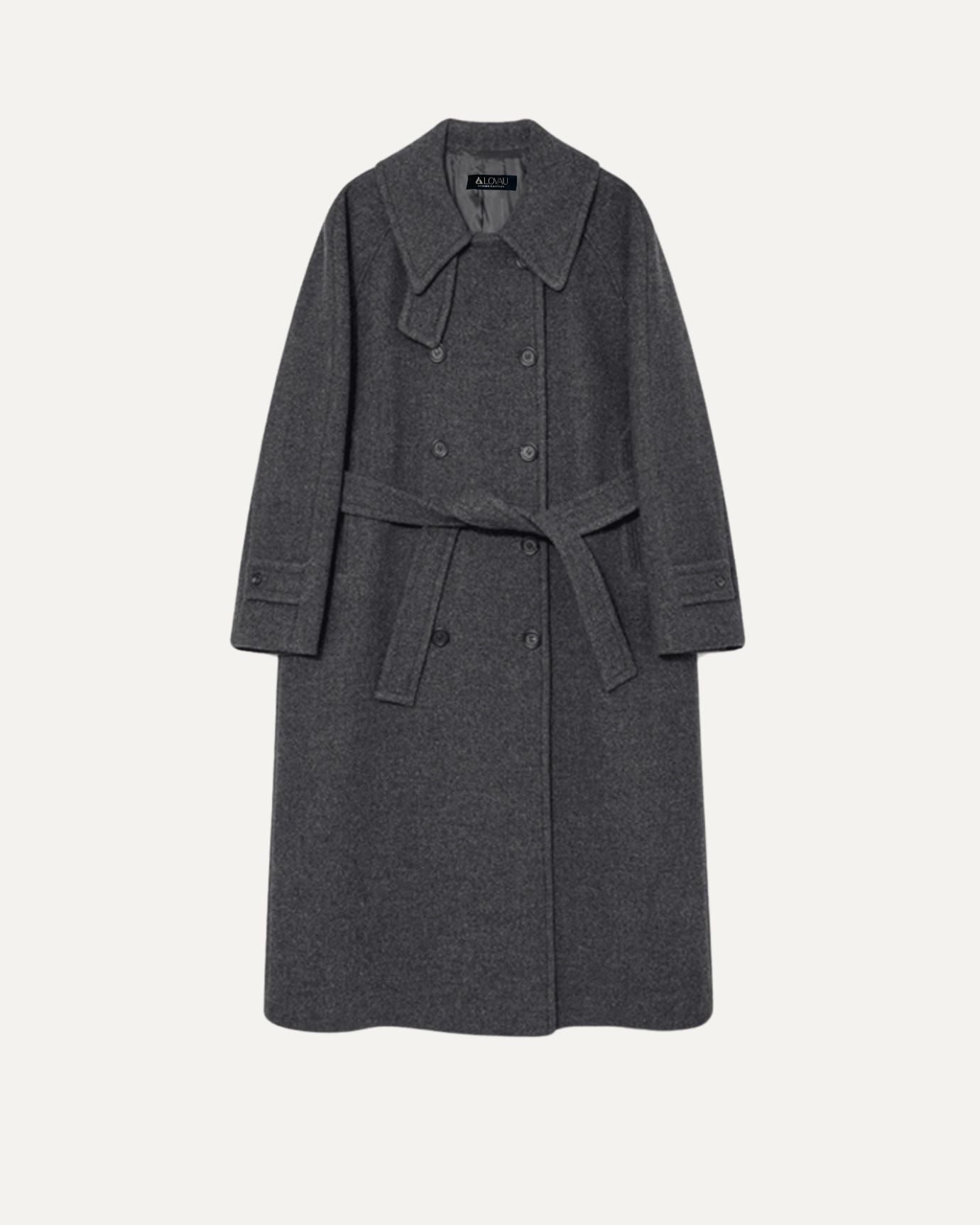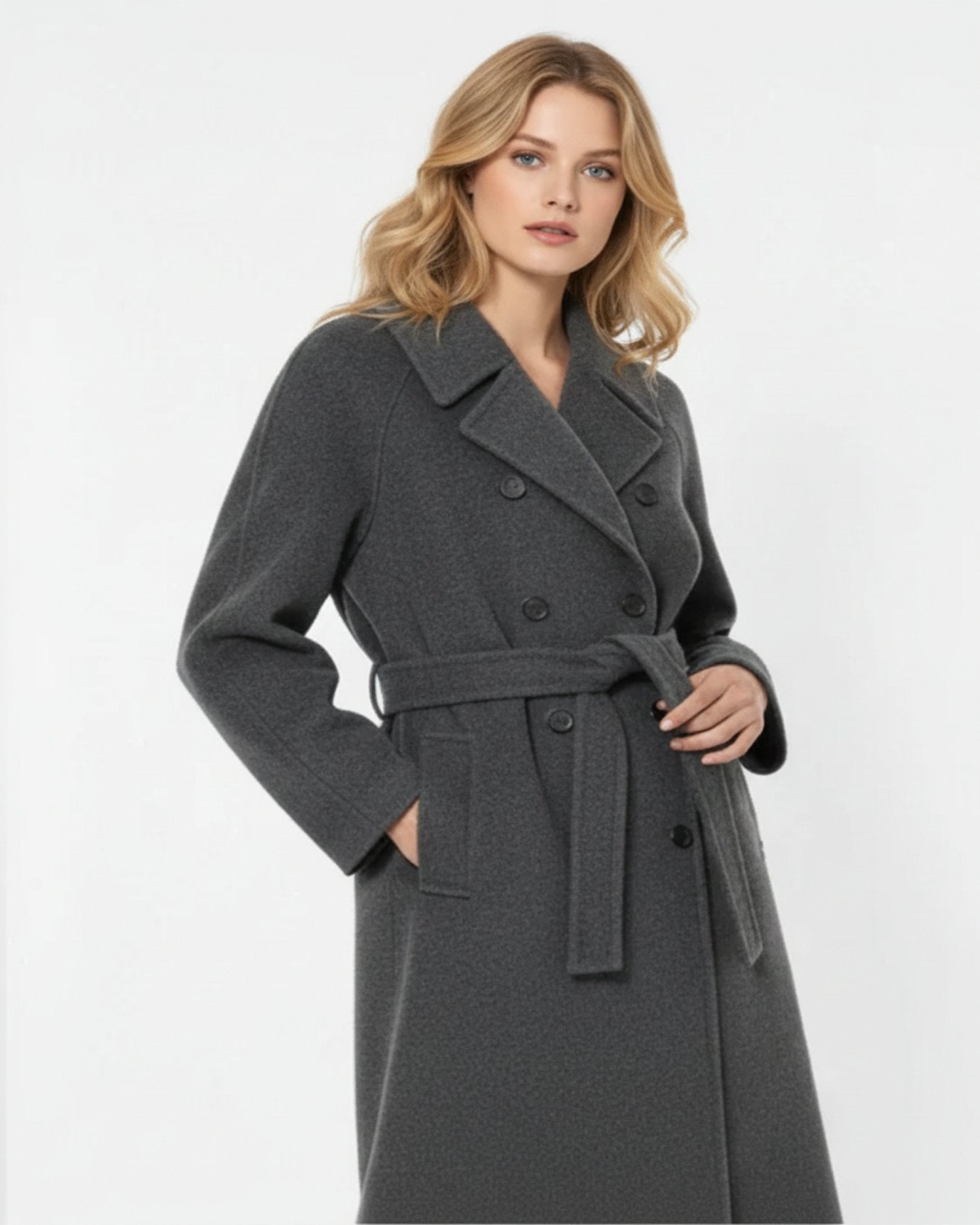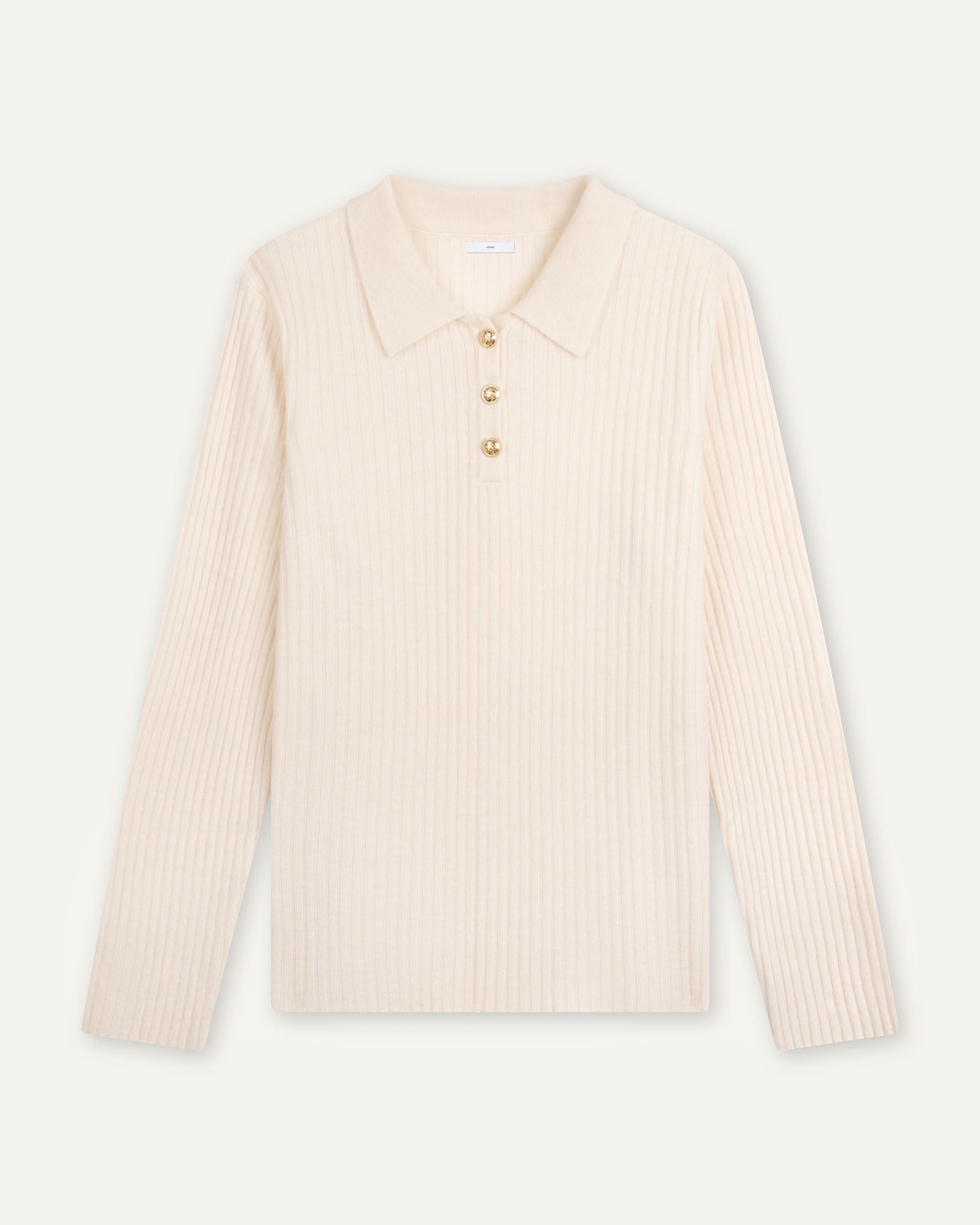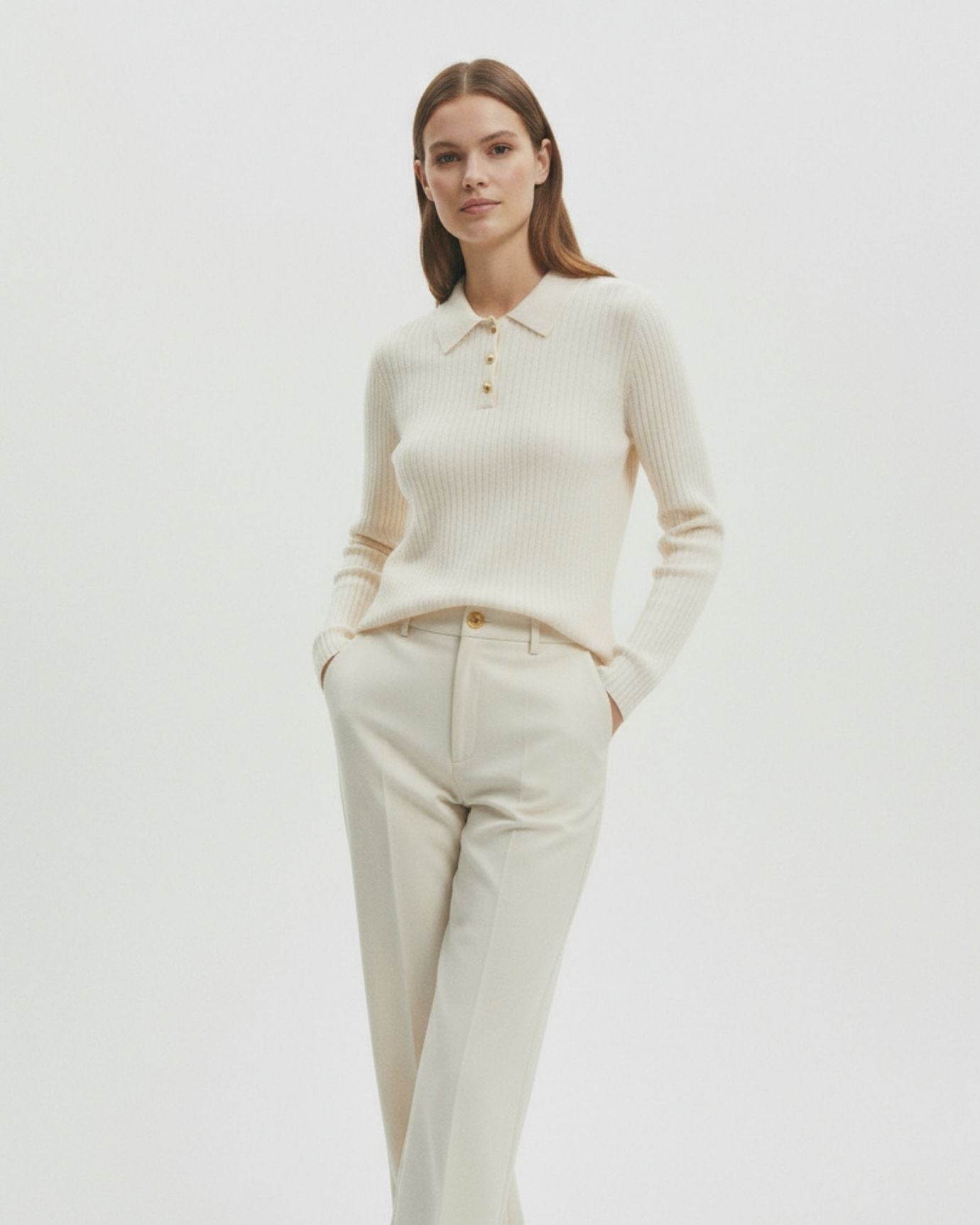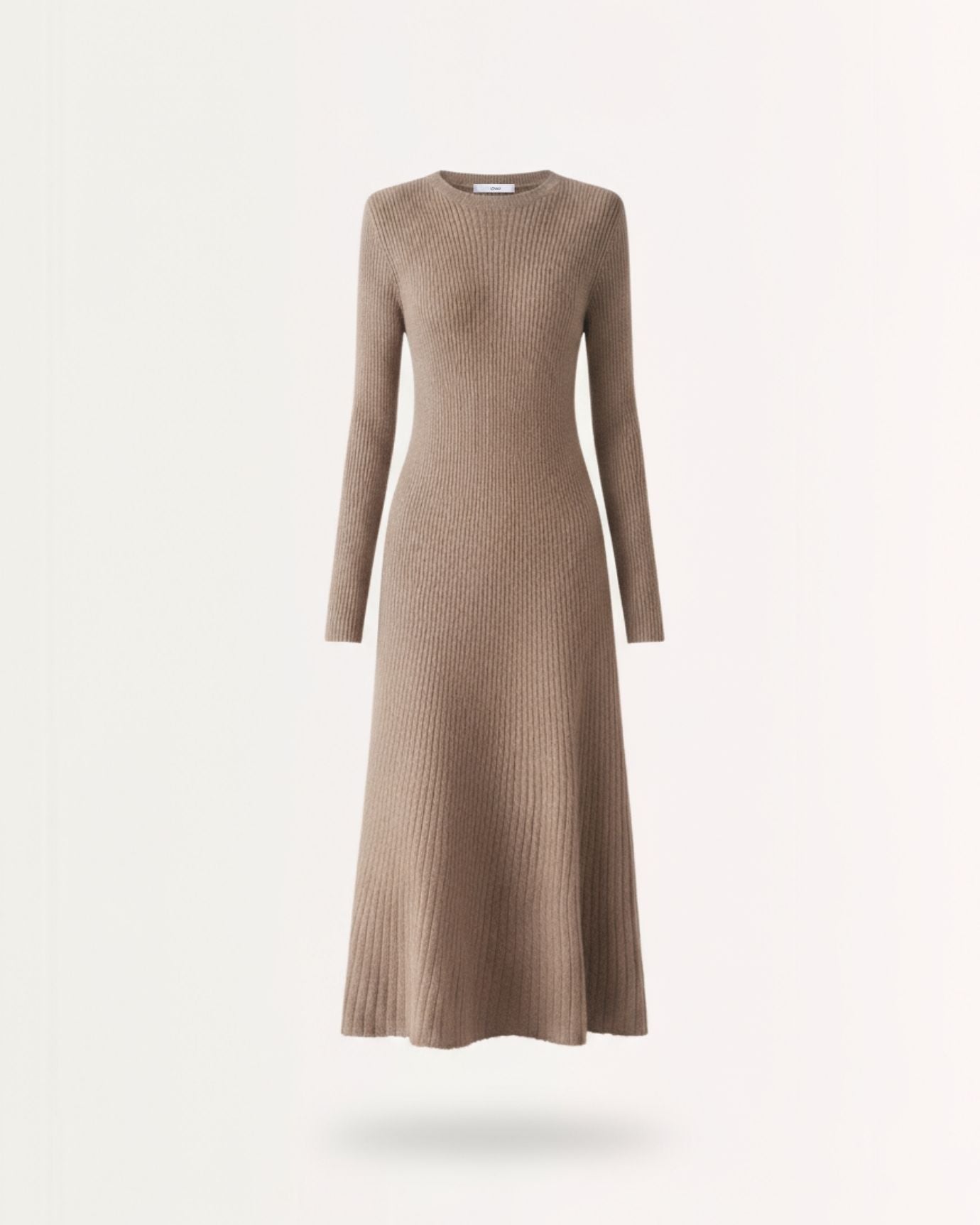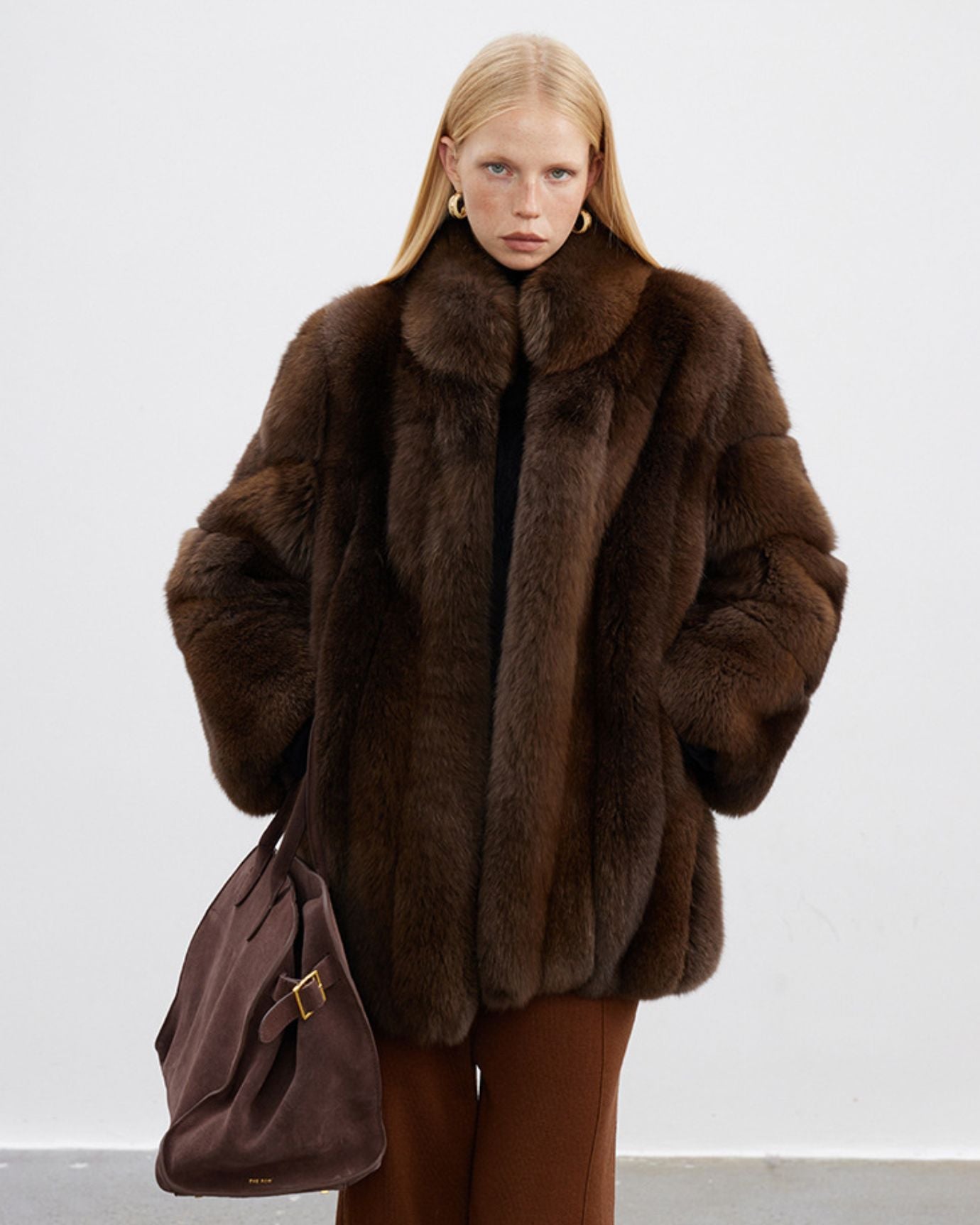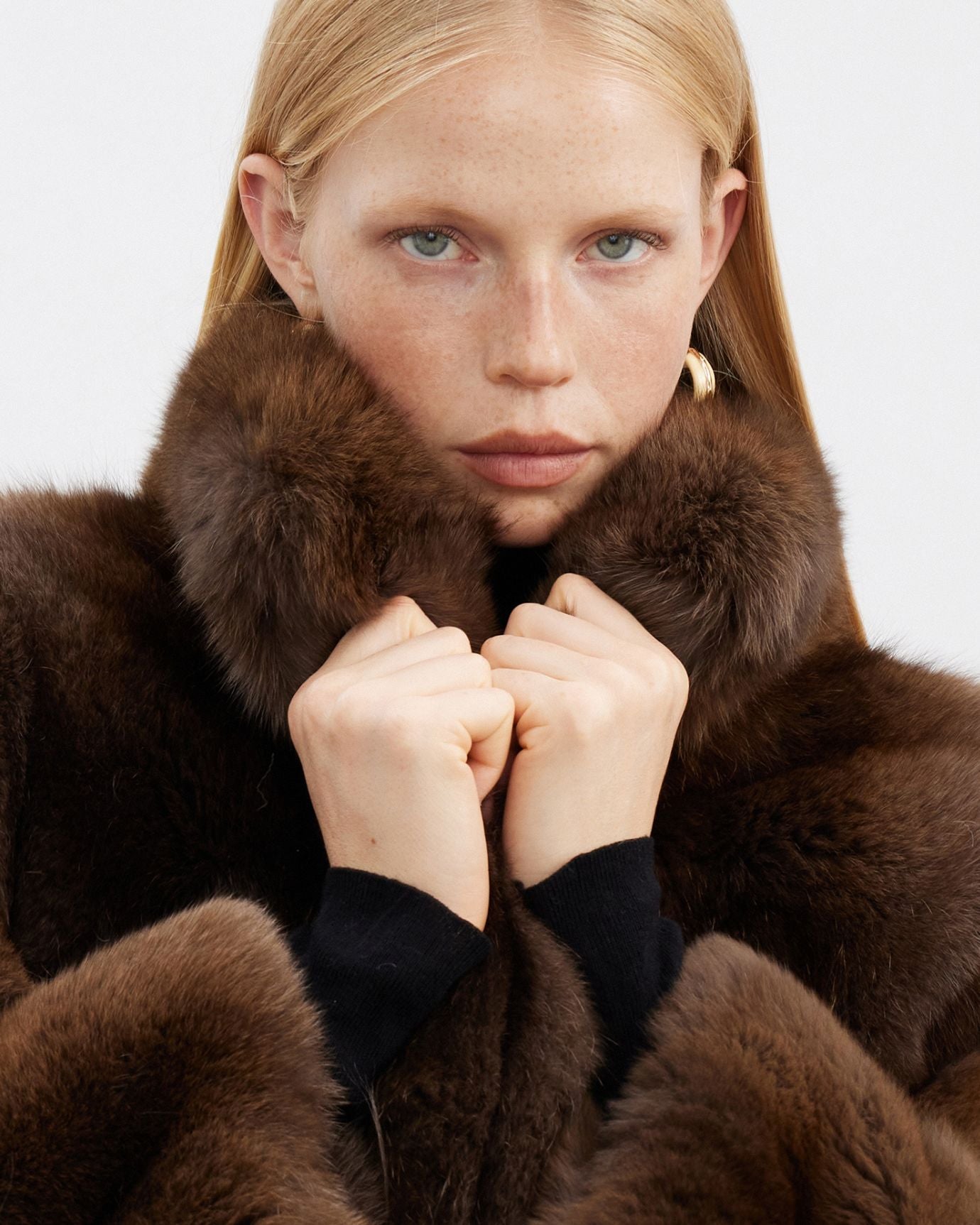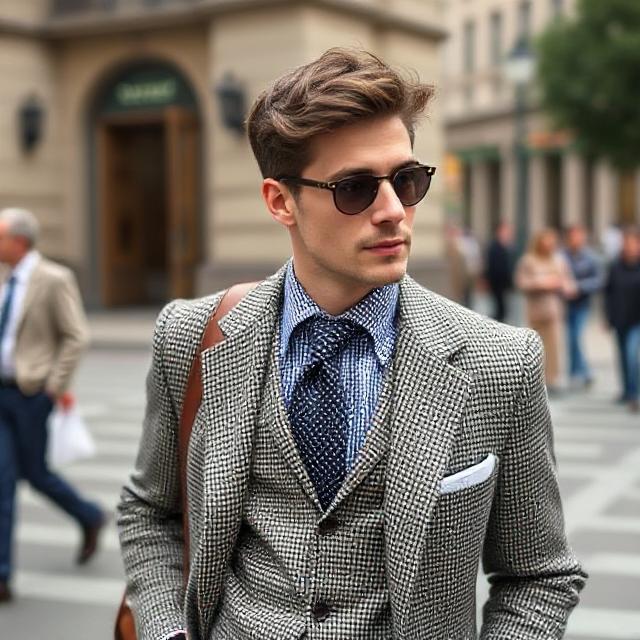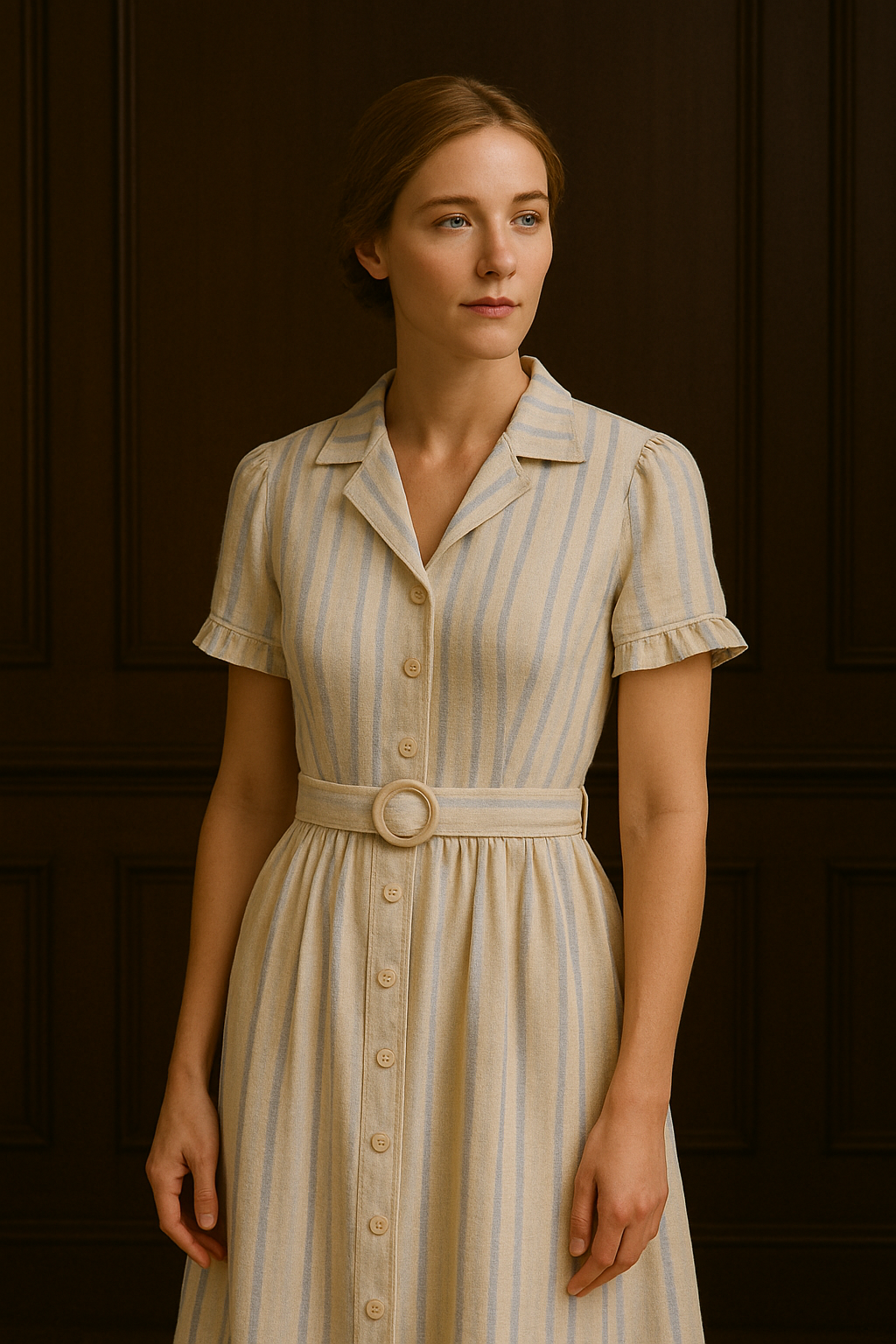
The Power of Subtlety: Wearing Color the Old Money Way
In the world of old money fashion, subtlety is not just a preference — it’s a philosophy. This is a style ethos built on the unspoken language of confidence, heritage, and timeless elegance. When it comes to color, those with generational wealth have long known the power of restraint. They don’t follow trends. Instead, they wear hues that reflect values: refinement, poise, and quiet luxury.
This guide explores how to wear color the old money way — with intention, elegance, and ease.
Why Old Money Chooses Color Carefully
In old money fashion, the color of your outfit says more about your upbringing than your bank account. Neutral tones, soft contrasts, and carefully layered palettes suggest not only good taste but also a life steeped in tradition. Flashy, overly saturated hues are often seen as indicators of new money or attention-seeking behavior — something a true old money dresser avoids at all costs.
Subtle color is power dressed in discretion.

Embracing Neutrals: The Foundation of Old Money Wardrobes
Neutrals are the bedrock of old money style. Think beige, ivory, camel, taupe, and gray. These hues may appear simple, but they create a canvas for elegance, allowing tailoring, texture, and accessories to take center stage.
-
Ivory or cream sweaters signal refinement and softness.
-
Camel coats suggest old-world charm and impeccable taste.
-
Taupe trousers add warmth and harmony to any ensemble.
Wearing neutrals well is about balance—pairing warm tones with cool ones, light shades with darker accents, and always keeping the silhouette tailored and crisp.
The Art of Soft Contrast
Old money doesn’t shy away from contrast—it just does it differently. Instead of bold color blocking or high-contrast patterns, it favors muted juxtaposition. Navy paired with soft gray. Sage against crisp white. Burgundy layered with charcoal. These combinations create dimension without shouting for attention.
The power lies in restraint. A sage green dress coat over a white linen blouse whispers more elegance than a bright red blazer ever could.
When Color Is a Statement—But Still Subtle
There are moments when color can be used for effect, but always with grace. A dusty rose silk blouse at a brunch. A forest green cashmere sweater for a weekend at the estate. A pale blue oxford shirt under a navy blazer.
These shades aren’t chosen to be seen — they’re chosen to be remembered. There’s nothing louder than a woman in soft lavender at a garden party or a man in a perfect burgundy tie at dinner — but only if the rest of their outfit speaks in quiet tones.
Natural Inspiration: Earth Tones & Heritage Greens
The old money palette often draws from nature and the countryside: olive, moss, tobacco, clay, stone, and sky blue. These colors reflect an intimate relationship with land, tradition, and legacy — especially in aristocratic or rural European heritage.
-
Olive waxed jackets and field coats.
-
Stone-colored linen trousers for summer estate wear.
-
Terracotta sweaters with equestrian influence.
These hues age beautifully, wear well, and evoke longevity — a critical value in old money culture.
Using Black With Caution
Unlike high fashion, where black is often a staple, old money style uses it sparingly. Black is reserved for formal events, eveningwear, mourning, or minimalist accessories. For daywear, it can come across as too urban, severe, or trend-driven.
Instead of head-to-toe black, old money fashion opts for navy, charcoal, or deep brown to convey gravitas without the starkness.
Seasonal Color Subtlety
Even seasonal dressing in old money wardrobes adheres to the rule of understated elegance:
-
Spring/Summer: Ivory, blush, light gray, powder blue, and beige dominate.
-
Autumn/Winter: Camel, navy, rust, burgundy, olive, and heather gray take the lead.
Rather than switching dramatically with the seasons, old money wardrobes evolve gently — always rooted in timeless shades.
Fabric Enhances Color
Old money wearers know that texture amplifies subtle color. Cashmere makes beige more luxurious. Silk makes cream look luminous. Wool makes gray feel noble. Linen softens every color it touches.
Choosing quality fabric makes even the most muted color feel expensive—because it is.

Accessories: Where Color Lives Quietly
Subtle color doesn’t mean boring. Old money accessories often carry the most intentional color pops:
-
A pale blue pocket square.
-
A tortoiseshell hair barrette.
-
A gold-trimmed handbag.
-
Burgundy leather gloves.
These elements offer a touch of expression without ever overwhelming the outfit. They work because they’re rooted in craftsmanship, not flash.
The Psychological Effect: Calm, Controlled, Confident
Wearing color the old money way cultivates a presence that is calm and assured. There’s a reason these hues have been worn for generations — they create a sense of control, balance, and quiet distinction. They don’t seek to impress—they express stability.
People don’t remember that your outfit was trendy; they remember that it was beautiful.
Final Thoughts: Subtlety Is the Loudest Statement
Color in old money fashion isn’t about grabbing attention—it’s about making an impression that lasts. When you learn to dress in tones that evoke heritage, quality, and grace, you stop needing to chase trends. You start defining your identity through quiet intention.


